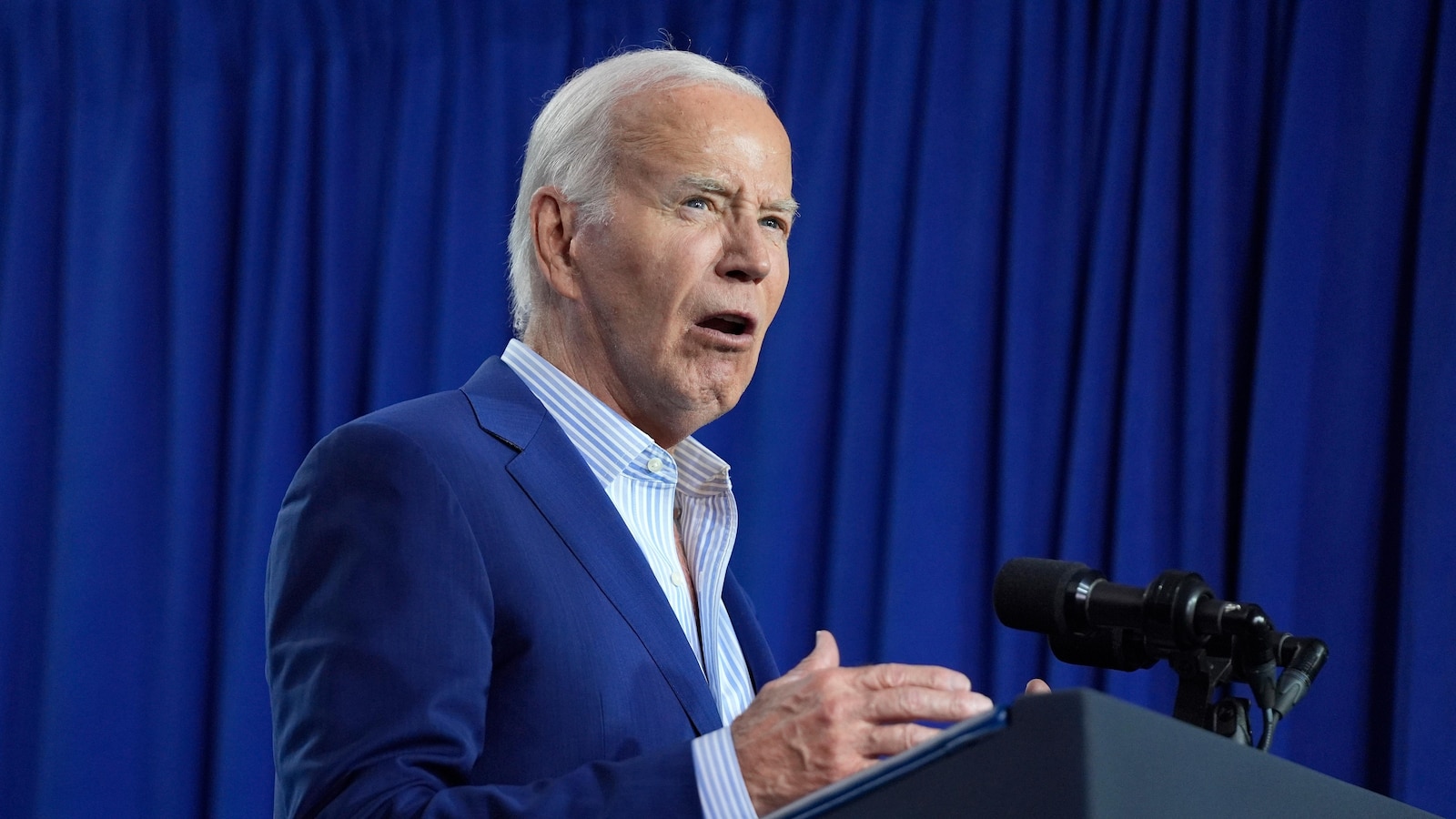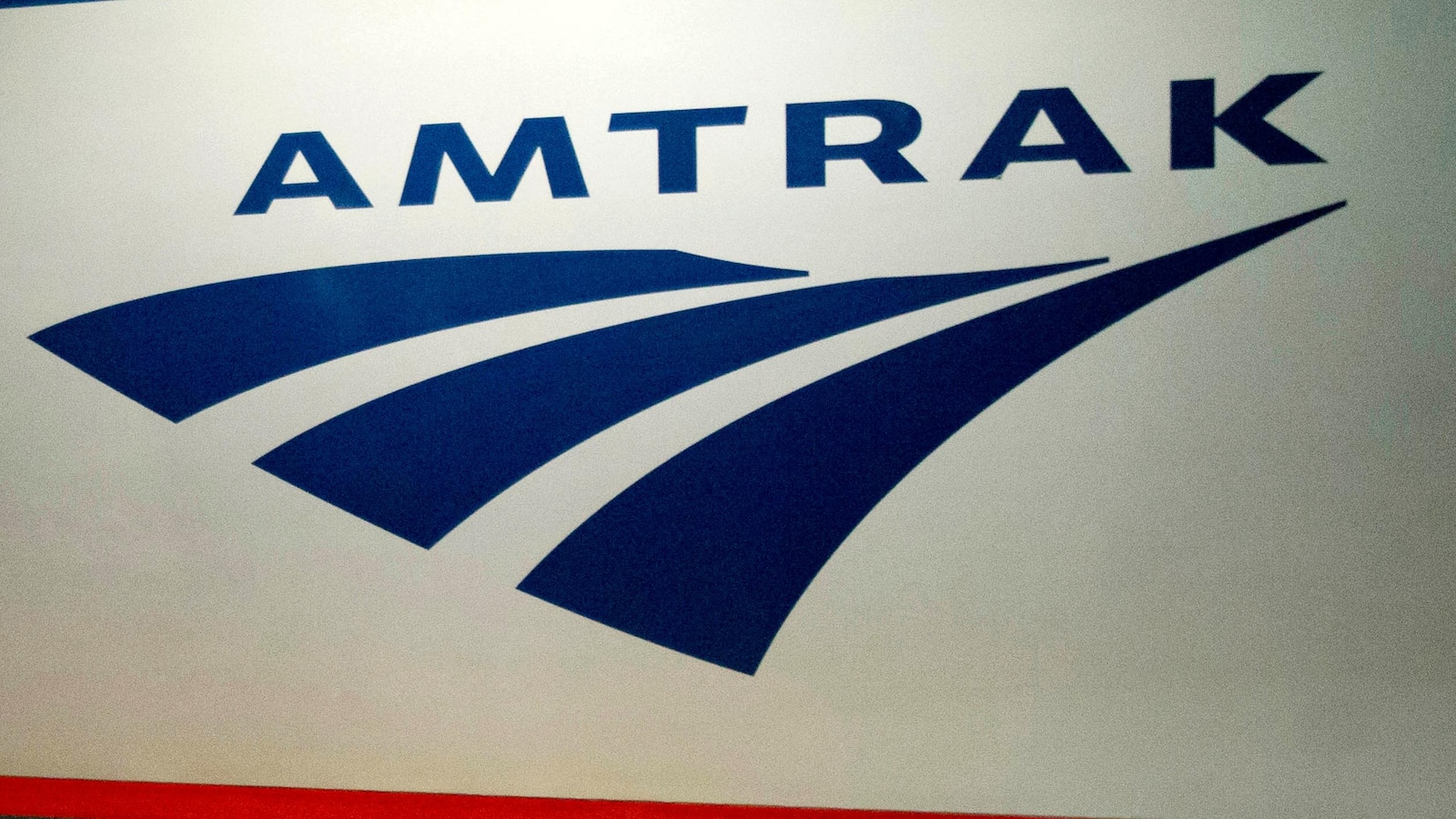
WASHINGTON — The Biden administration proposed a new rule Tuesday to address excessive heat in the workplace, as tens of millions of people in the U.S. are under heat advisories due to blistering temperatures.
If finalized, the measure would protect an estimated 36 million U.S. workers from injuries related to heat exposure on the job — establishing the first major federal safety standard of its kind. Those affected by excessive heat in the workplace include farmworkers, delivery and construction workers, landscapers and indoor workers in warehouses, factories and kitchens.
President Joe Biden planned to highlight the rule on Tuesday when he gets a briefing on extreme weather and delivers remarks.
Despite increased awareness of the risks posed to human health by high temperatures, extreme heat protections — for those routinely exposed to heat index readings above 80 degrees Fahrenheit (27 degrees Celsius) — have lagged.
Under the proposed rule, employers would be required to identify heat hazards, develop emergency response plans related to heat illness, and provide training to employees and supervisors on the signs and symptoms of such illnesses. They would also have to establish rest breaks, provide shade and water, and heat acclimatization — or the building of tolerance to higher temperatures — for new workers.
Penalties for heat-related violations in workplaces would increase significantly, in line with what workplaces are issued for violations of Occupational Safety and Health Administration rules, a senior White House administration official said.
An estimated 2,300 people in the U.S. died from heat-related illness in 2023. Workers with prolonged exposure to extreme heat are among the most vulnerable to related health risks, such as heatstroke and other illnesses, according to the Centers for Disease Control and the National Oceanic and Atmospheric Administration.
As the hottest month of the year gets underway, millions of Americans will be at greater risk of heat strokes, dangerous dehydration and heat-related heart stress.
The Labor Department has been developing a standard for how workplaces deal with heat since 2021, with OSHA having held meetings last year to hear about how the proposed measures could affect small businesses.
Heat protection laws in the U.S. have faced steady industry opposition, including from chambers of commerce and other business associations. Many say a blanket mandate would be difficult to implement across such a wide range of industries.
California, Colorado, Oregon, Minnesota and Washington are the only states with workplace standards for heat exposure. Some regulations have recently come under attack by Republicans. Over the past year, Florida and Texas, led by Gov. Ron DeSantis and Gov. Greg Abbott, both Republicans, passed legislation preventing local governments from requiring heat protections for outdoor workers.
If finalized, the Democratic administration’s rule would override state measures, and states with existing procedures to deal with heat would have to institute measures that are at least as stringent as the finalized federal rule.
___
The Associated Press’ climate and environmental coverage receives financial support from multiple private foundations. AP is solely responsible for all content. Find AP’s standards for working with philanthropies, a list of supporters and funded coverage areas at AP.org.
The Biden administration has recently introduced a new workplace rule aimed at combating excessive heat in the workplace. This new rule comes as temperatures continue to rise due to climate change, posing a significant health risk to workers who are exposed to extreme heat for prolonged periods of time.
The new rule, which falls under the Occupational Safety and Health Administration (OSHA), requires employers to take measures to protect their workers from heat-related illnesses. This includes providing access to water, rest breaks in shaded or air-conditioned areas, and training on recognizing and responding to heat-related illnesses.
Excessive heat in the workplace can lead to a range of health issues, including heat exhaustion, heat stroke, and dehydration. These conditions can be serious and even life-threatening if not addressed promptly. By implementing this new rule, the Biden administration aims to protect workers from these dangers and ensure a safe and healthy work environment for all.
In addition to the health risks associated with excessive heat, it can also have a negative impact on productivity and overall job performance. Workers who are exposed to high temperatures may experience fatigue, reduced concentration, and decreased physical abilities, all of which can affect their ability to perform their job effectively.
Employers are now required to assess the risk of heat-related illnesses in their workplace and implement appropriate measures to protect their workers. This may include adjusting work schedules to avoid the hottest parts of the day, providing additional breaks during periods of extreme heat, and ensuring that workers have access to cool drinking water at all times.
The new workplace rule is a significant step towards ensuring the safety and well-being of workers in industries where heat exposure is a common occurrence, such as construction, agriculture, and manufacturing. By taking proactive measures to address the risks associated with excessive heat, employers can help prevent heat-related illnesses and create a safer work environment for their employees.
Overall, the introduction of this new workplace rule by the Biden administration is a positive development that will help protect workers from the dangers of excessive heat. By prioritizing the health and safety of workers, employers can create a more productive and sustainable work environment for all.


